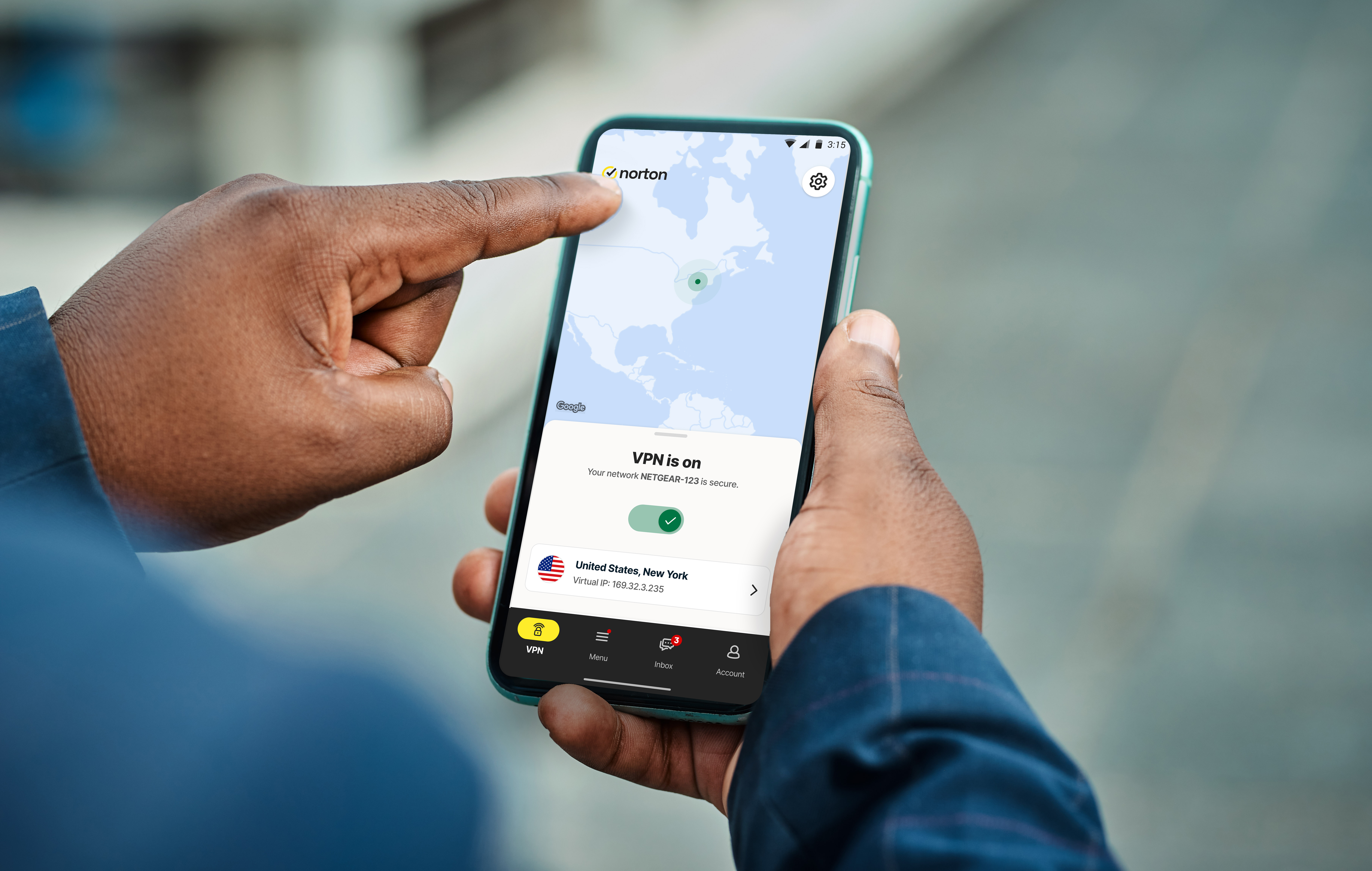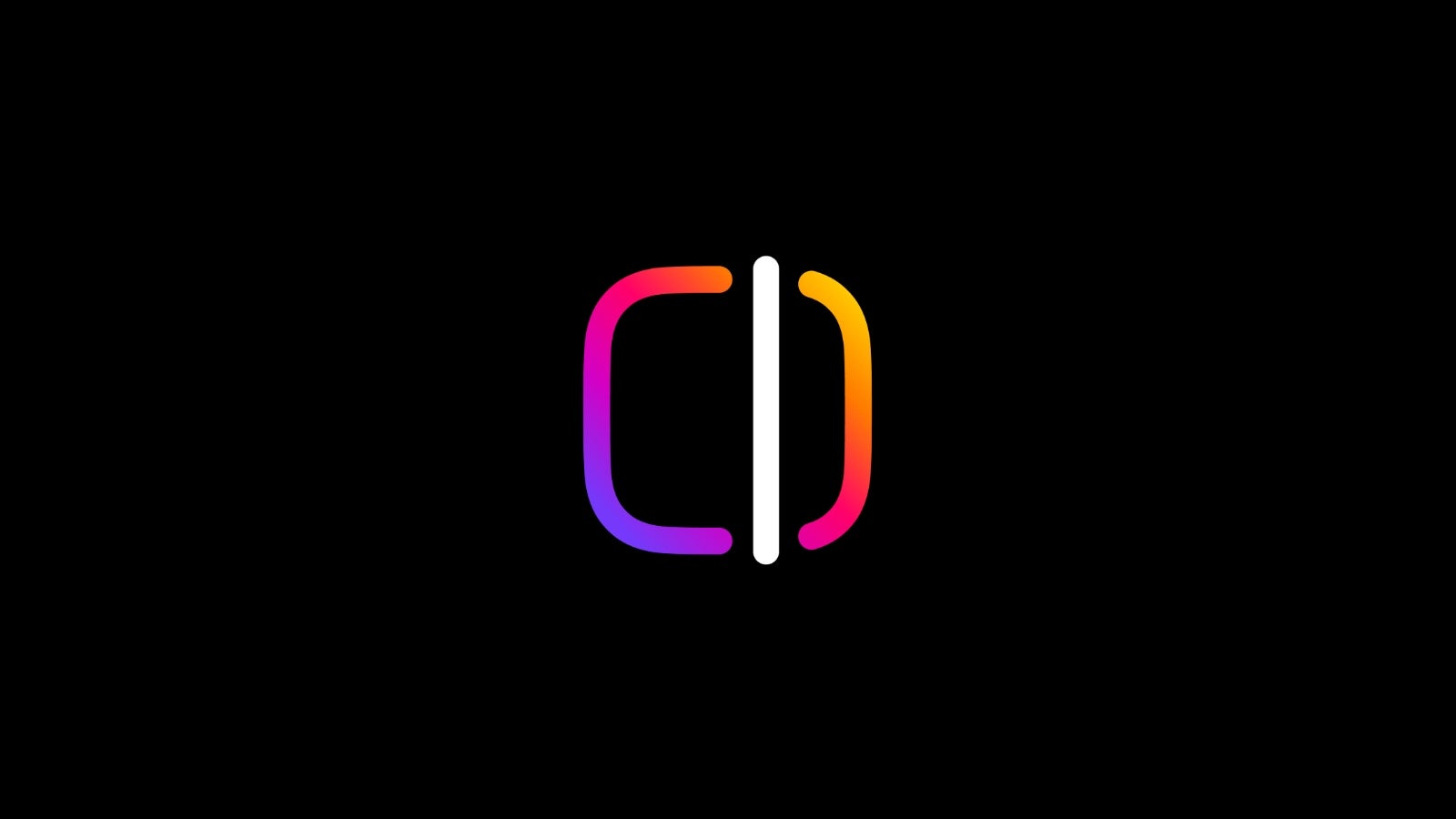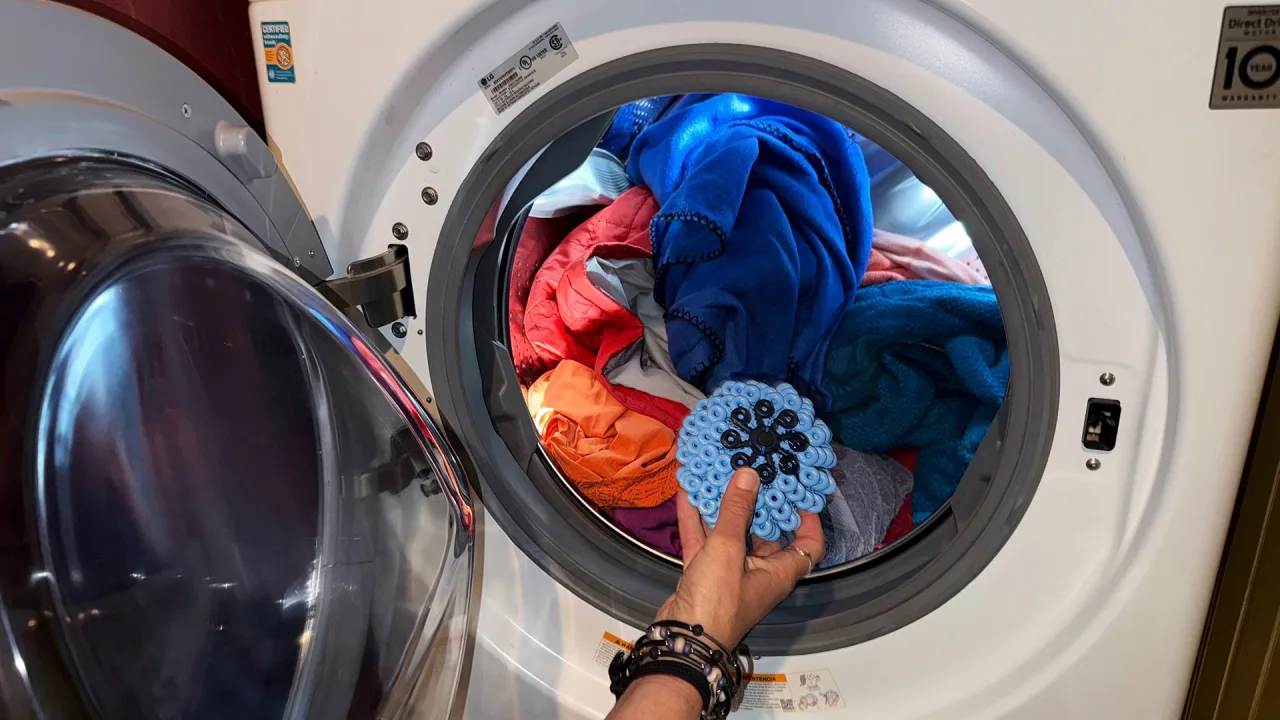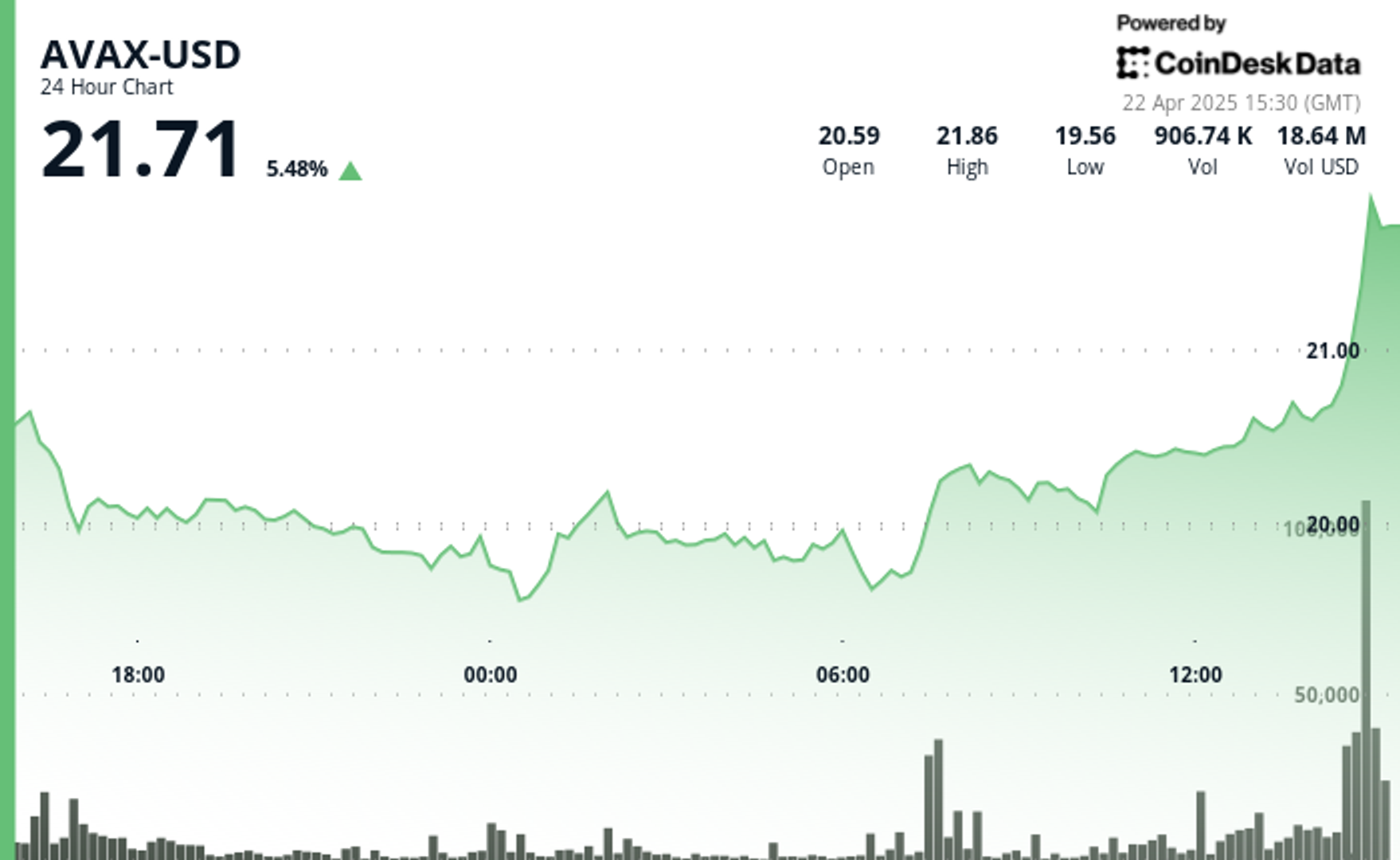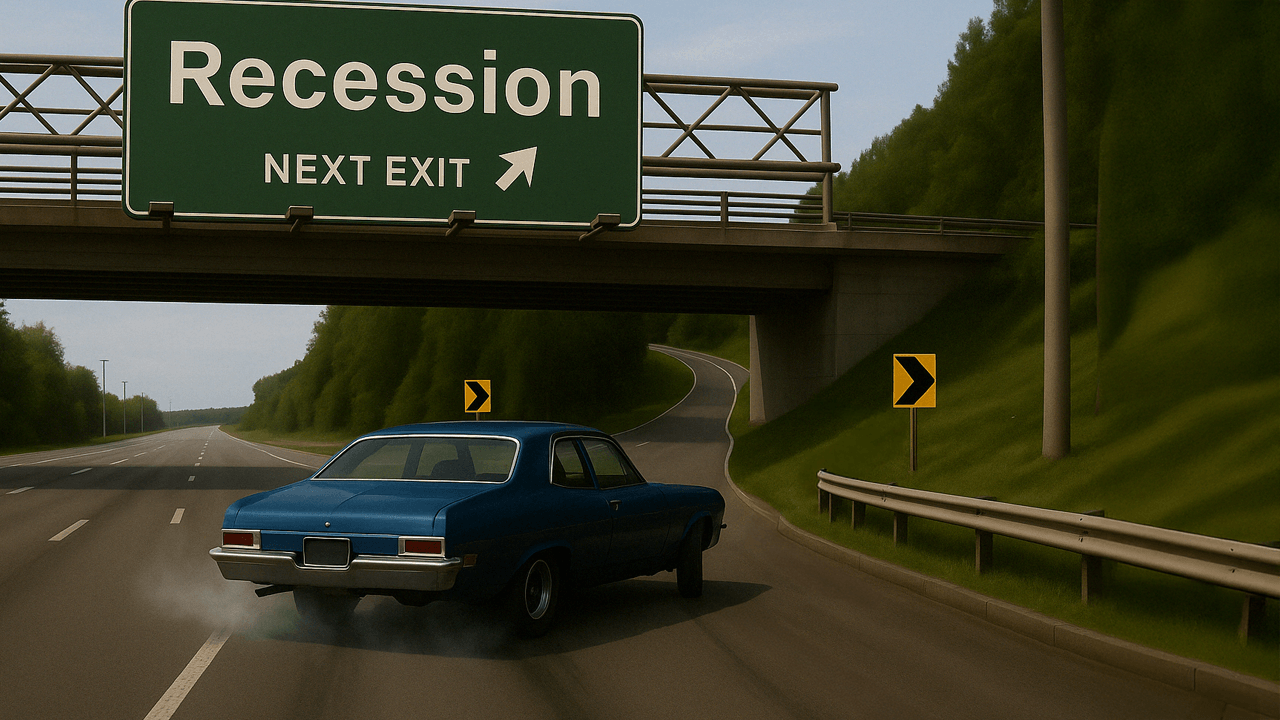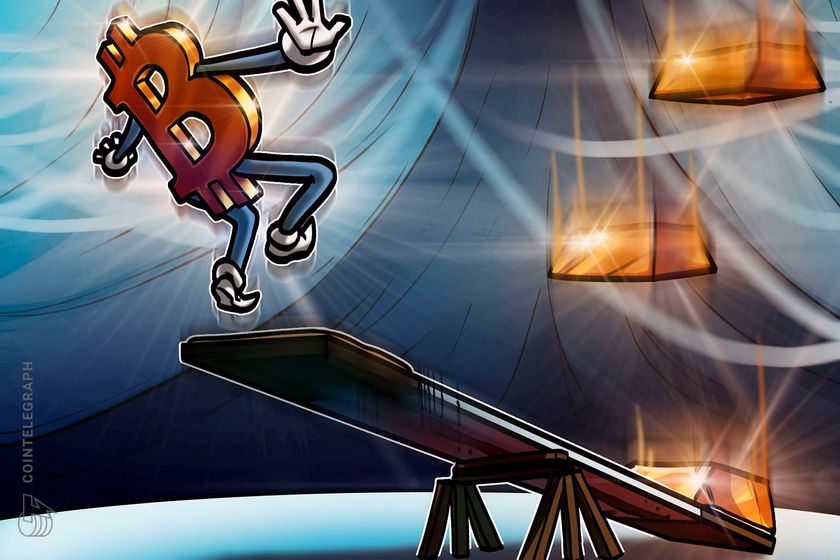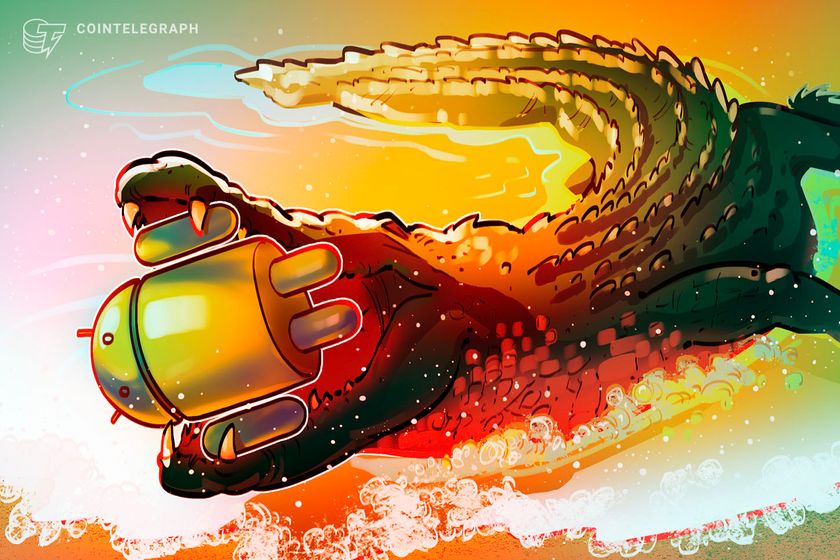Server Side Rendering vs Client Side Rendering
Server Side Rendering (SSR) and Client Side Rendering (CSR) are two popular techniques in modern web development for delivering dynamic content to users. SSR involves rendering web pages on the server before sending them to the browser, offering faster initial load times and improved SEO performance. It's commonly used with frameworks like Next.js and Nuxt.js for optimized web applications. On the other hand, CSR renders content directly in the browser using JavaScript, providing smoother user interactions and faster subsequent page loads. Frameworks like React, Angular, and Vue.js often use CSR to build single-page applications (SPAs). Choosing between SSR and CSR depends on your app’s goals—SSR is ideal for SEO-driven websites, while CSR excels in interactive user experiences.
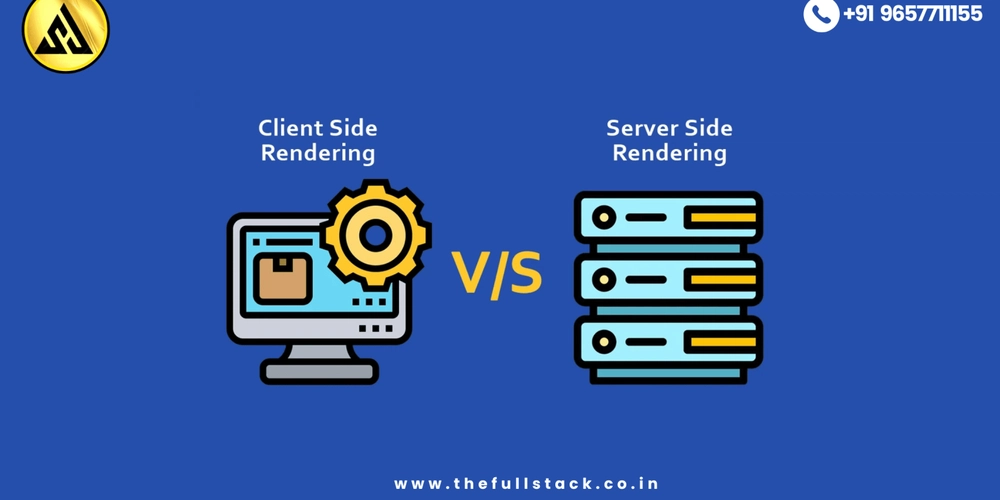
Server Side Rendering (SSR) and Client Side Rendering (CSR) are two popular techniques in modern web development for delivering dynamic content to users. SSR involves rendering web pages on the server before sending them to the browser, offering faster initial load times and improved SEO performance. It's commonly used with frameworks like Next.js and Nuxt.js for optimized web applications. On the other hand, CSR renders content directly in the browser using JavaScript, providing smoother user interactions and faster subsequent page loads. Frameworks like React, Angular, and Vue.js often use CSR to build single-page applications (SPAs). Choosing between SSR and CSR depends on your app’s goals—SSR is ideal for SEO-driven websites, while CSR excels in interactive user experiences.
.jpg)








































































































































































![[The AI Show Episode 144]: ChatGPT’s New Memory, Shopify CEO’s Leaked “AI First” Memo, Google Cloud Next Releases, o3 and o4-mini Coming Soon & Llama 4’s Rocky Launch](https://www.marketingaiinstitute.com/hubfs/ep%20144%20cover.png)


















































































































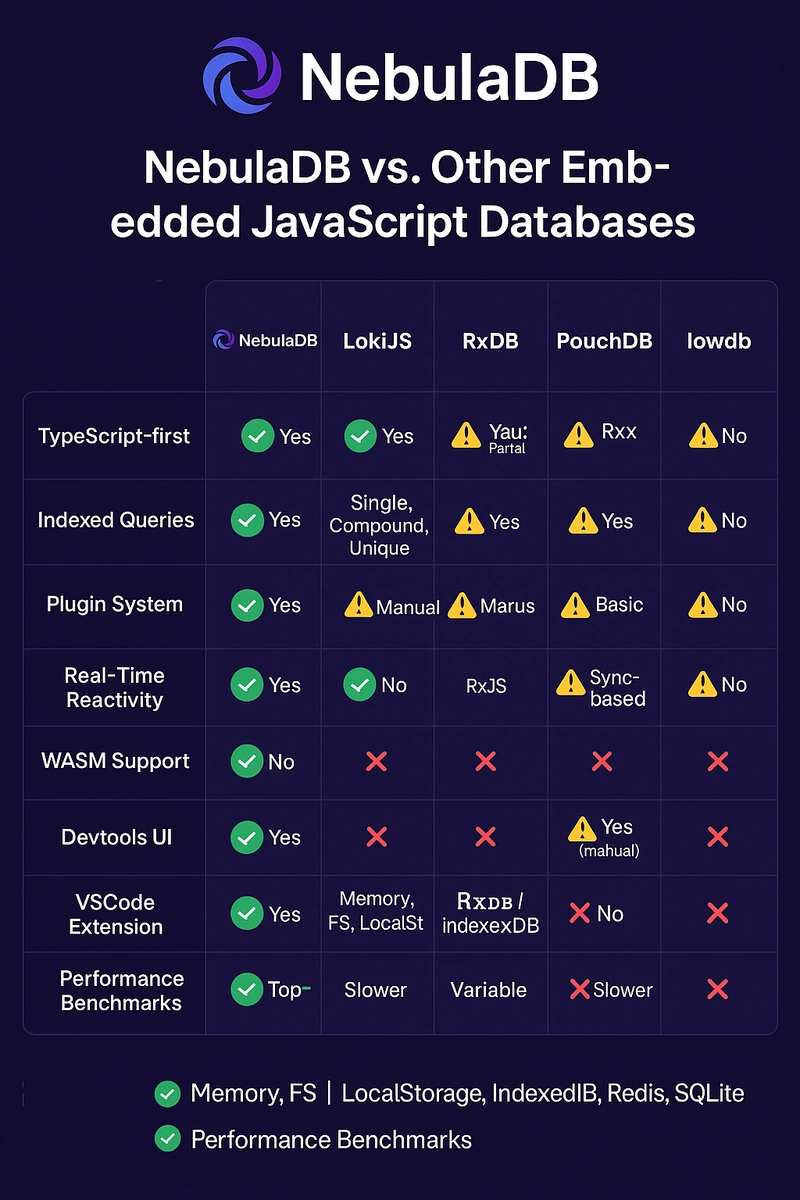





































![BPMN-procesmodellering [closed]](https://i.sstatic.net/l7l8q49F.png)

























































































-All-will-be-revealed-00-35-05.png?width=1920&height=1920&fit=bounds&quality=70&format=jpg&auto=webp#)
-All-will-be-revealed-00-17-36.png?width=1920&height=1920&fit=bounds&quality=70&format=jpg&auto=webp#)
-Jack-Black---Steve's-Lava-Chicken-(Official-Music-Video)-A-Minecraft-Movie-Soundtrack-WaterTower-00-00-32_lMoQ1fI.png?width=1920&height=1920&fit=bounds&quality=70&format=jpg&auto=webp#)













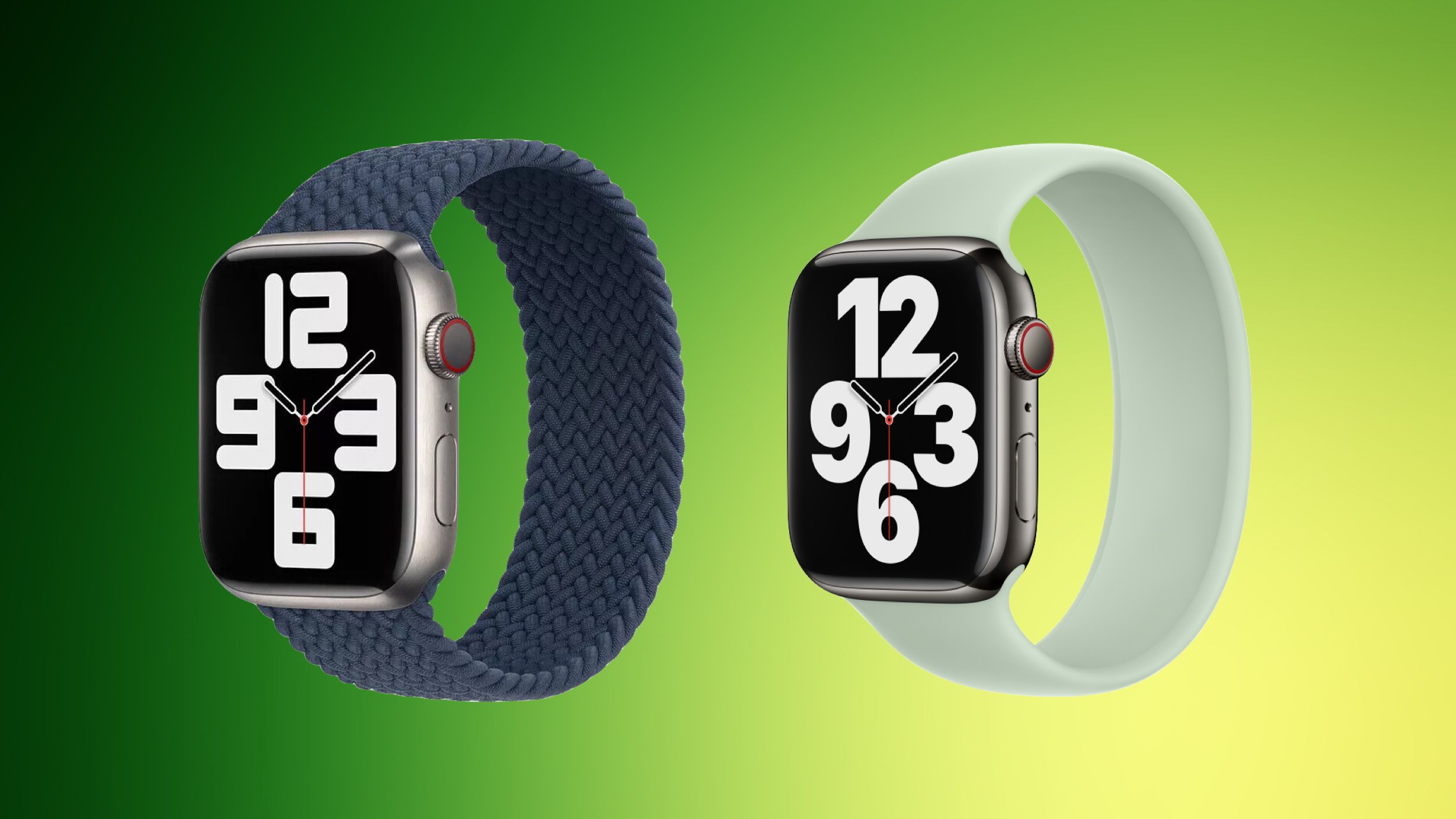










_Weyo_alamy.png?width=1280&auto=webp&quality=80&disable=upscale#)
_Brain_light_Alamy.jpg?width=1280&auto=webp&quality=80&disable=upscale#)







































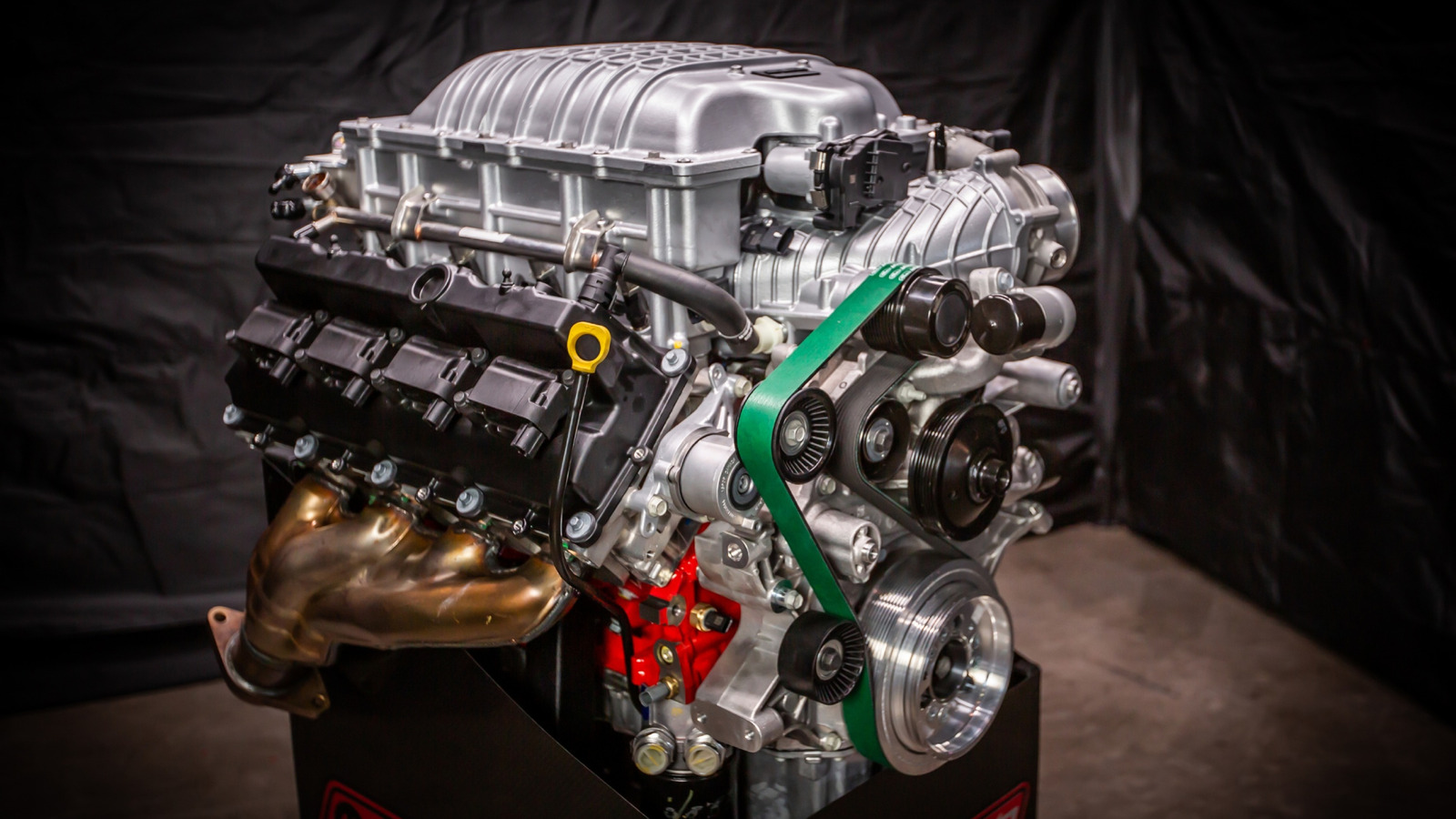

































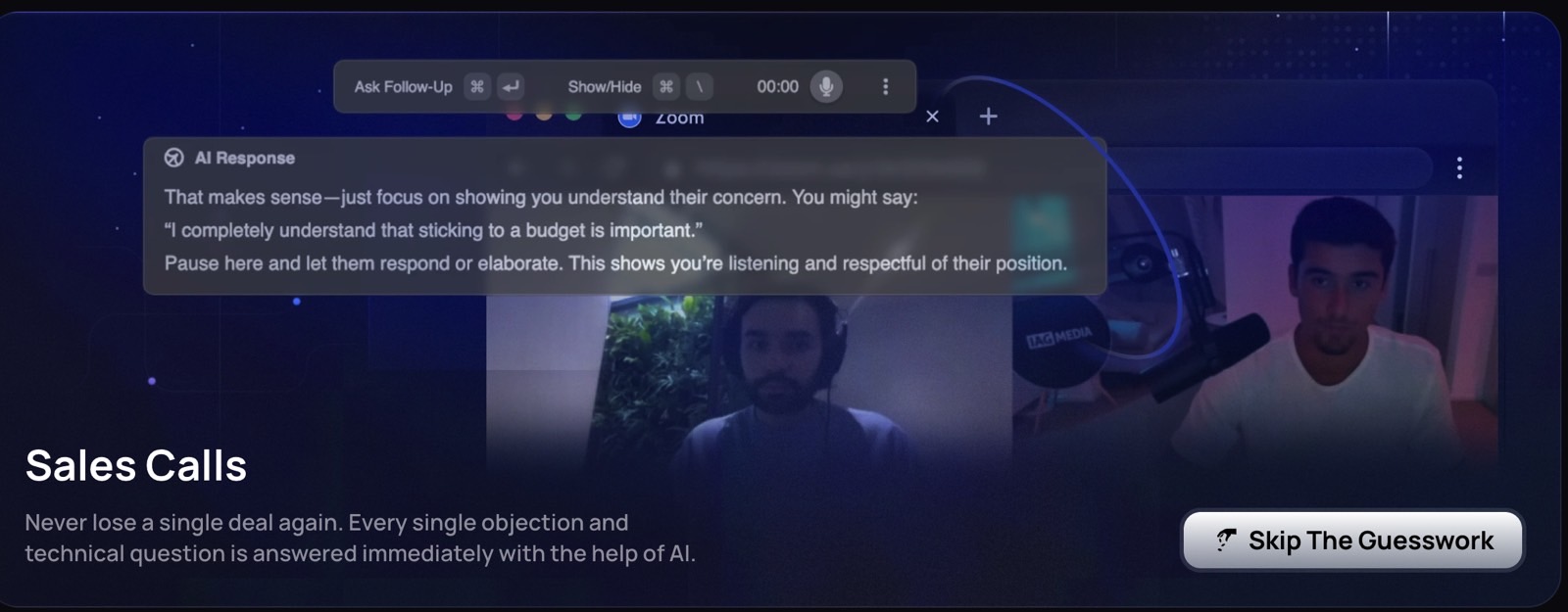





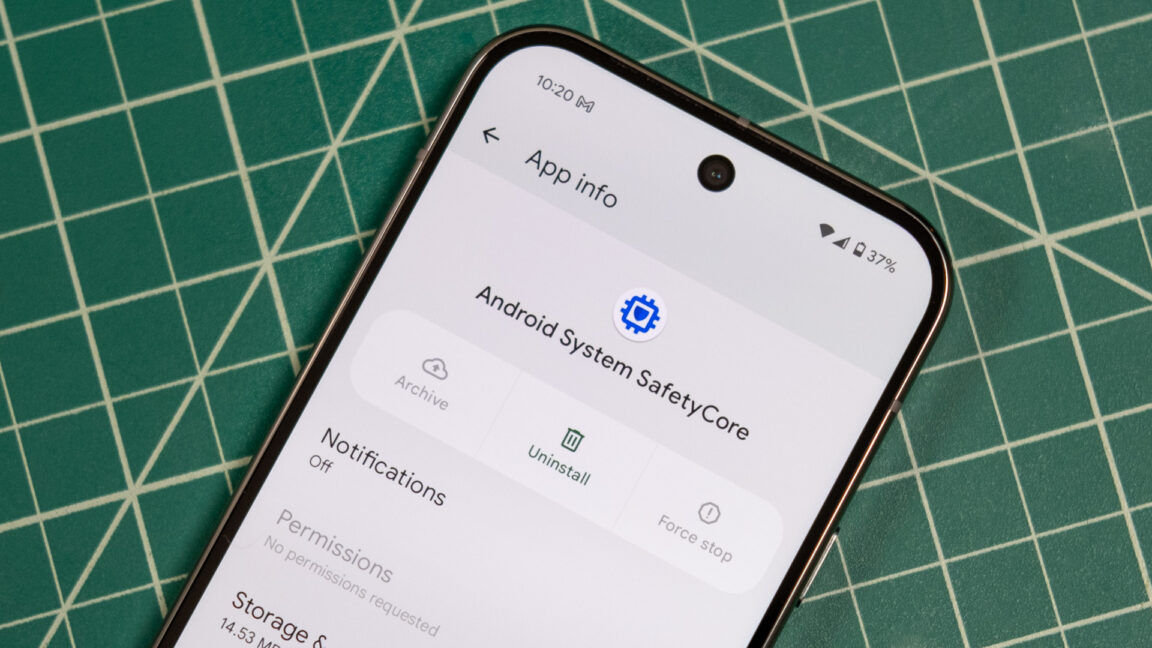









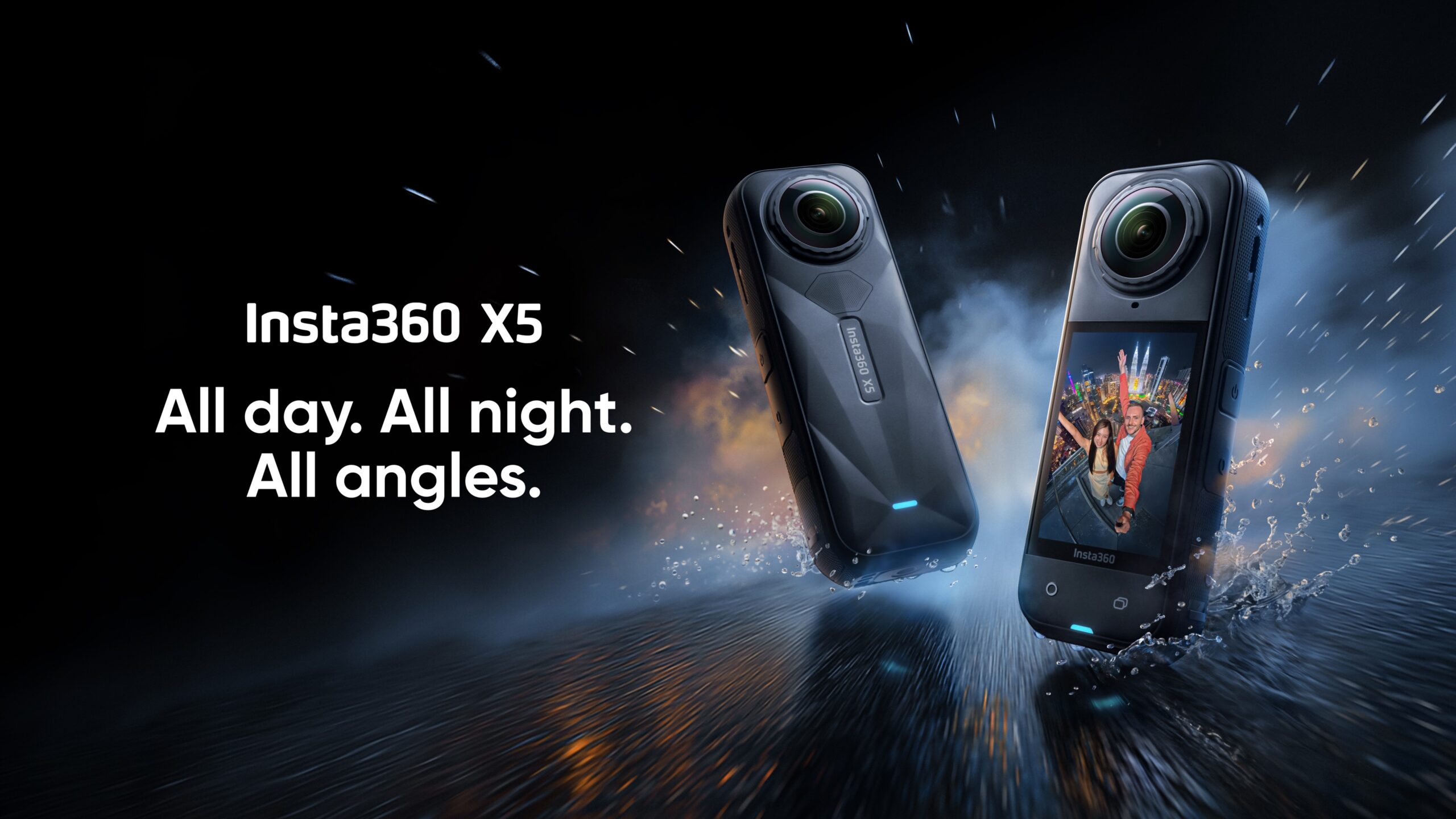




















![Apple Releases Public Beta 2 of iOS 18.5, iPadOS 18.5, macOS Sequoia 15.5 [Download]](https://www.iclarified.com/images/news/97094/97094/97094-640.jpg)

![New M4 MacBook Air On Sale for $929 [Lowest Price Ever]](https://www.iclarified.com/images/news/97090/97090/97090-1280.jpg)
![Apple iPhone 17 Pro May Come in 'Sky Blue' Color [Rumor]](https://www.iclarified.com/images/news/97088/97088/97088-640.jpg)















